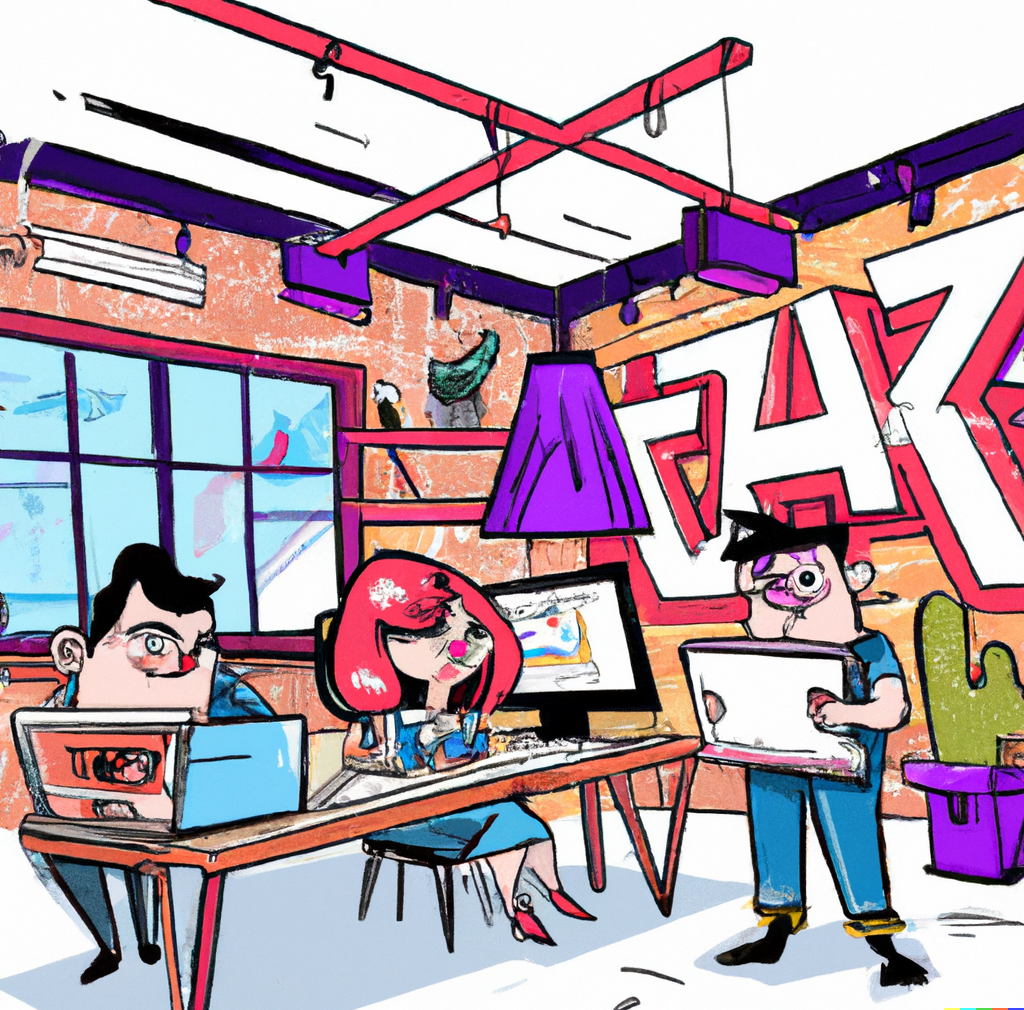Autofactor vs. Customization

Autofactor vs. develop software yourself
Your process is unique. And you want to control it yourself and perfect it according to your vision. How is that ever possible with standard software? So you are considering building software yourself.
Your process is unique. And you want to control it yourself and perfect it according to your vision. How is that ever possible with standard software? So you are considering building software yourself.
Time and risk
The main problem with developing software yourself is time. The process starts with determining what you want. Then you have to explain that to a software maker. Who then has to build it. A process that involves many (expensive) specialists and where you never know exactly where it will end.
Software makers also tend to be optimistic about how much time something will take, which means you may encounter surprises halfway through your project. By that time you have already made large investments and you cannot go back without having to write off large losses.
Mobile app
In our vision: a mobile app in automotive absolute necessity. Most of the people you work with simply don’t sit behind a desk. They are outside at your location inspecting cars, repairing damage or driving for your transporter.
Those people have no use for software that only works on a computer. If you opt for customization, you will also have to have an app built. It will take a while to recoup that investment.
Cost and Timeframe
Custom software development can be expensive. Take into account the initial development costs, ongoing maintenance and upgrades required. Have a clear budget in mind and make sure the benefits of custom software outweigh the costs.
Lack of experience in software development can lead to budget overruns and even complete project failure, with lost time and costs. Developing custom software takes a lot of time. Be prepared for delays and understand that the development process may take longer than using off-the-shelf solutions.
Expertise and Resource
Developing custom software requires specialized skills and knowledge. Customers should assess whether they have the necessary expertise in-house or if they need to hire external developers or a development team.
Scope and Requirements
Clearly defining the software requirements is critical. Customers must have a detailed understanding of what they want the software to achieve and communicate these requirements effectively to developers.
It takes a lot of experience to define clear and structured requirements for the software team.
Flexibility and Scalability
Consider whether the software needs to be scalable to meet future growth and changing needs. Flexibility is critical as your business changes and requirements may change over time.
Decide which programming language to use, what the hardware requirements are, where the software should be hosted. Take into account the management of the server, its costs and of course do not forget to think about the costs of software hosting.
Maintenance and Support
Custom software requires ongoing maintenance and support.
Make sure to have a budget for regular updates, bug fixes and technical support to ensure the software remains functional and secure.
Security and Privacy
Custom software can pose security risks if not developed and maintained properly. Prioritize security and data privacy to protect sensitive information.
Security breaches can threaten the survival of companies and lead to legal problems.
User Acceptance, testing and Training
Think about how users will adapt to the new software. Ensuring that the software adheres to good UI and UX design principles.
Adequate pre-release testing of the software, training materials and change management processes are necessary to ensure successful adoption.
Regulatory Compliance and Licensing
If the software handles sensitive data or operates in regulated industries, software requirements and development must comply with relevant laws and regulations such as GDPR.
Make sure you hire experience in the legal aspects to be able to sign a good contract with software developers and hosting companies that take into account the ownership and licensing rights of the modified software to avoid possible legal prevent problems.
Backup and Disaster Recovery
Make sure the software has a good backup and disaster recovery plan to prevent data loss.
Make sure your team periodically tests these plans and adjusts them as necessary.
Integration with Existing Systems
Ensure the software integrates seamlessly with existing systems and infrastructure, avoiding potential compatibility issues or security breaches.
Autofactor is the solution
With Autofactor you have less flexibility than with customization. Because you can adjust a lot in Autofactor, but not everything.
On the other hand, Autofactor incorporates decades of experience from the automotive world.
And that you can adjust many things with configuration. You have a lot of freedom, especially in the management and automation of your processes.
And to keep it clear: fixed monthly costs, with no surprises.
Make an appointment
Would you like to know more about how Autofactor will increase your turnover rate and turnover?

